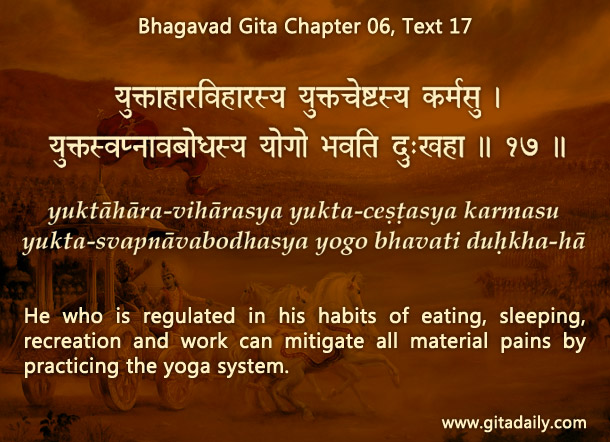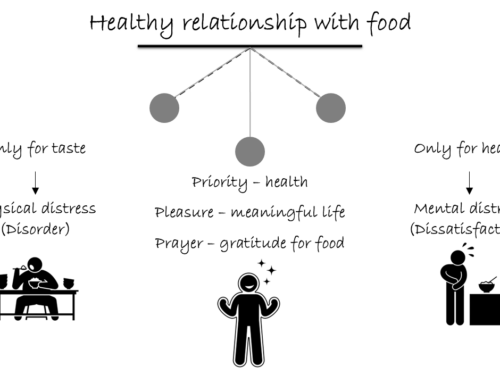To regulate your eating listen to your body not to your mind
Our body is like a car. Both cars and bodies give signals when their fuel tanks or stomachs respectively start becoming empty. We respond to those signals by filling both. Interestingly, we hardly ever overfill the car tank, but we often overfill the stomach. Why the difference? It’s often because of our mind.
The mind is meant to integrate various bodily signals and present them to us. However, it often distorts the body’s signals; sometimes, it even generates its own signals, which it passes off as the body’s signals.
For example, the mind often makes us hunger for more food than what the body needs. Sometimes, it even makes us hungry for junk food that the body doesn’t need at all. Junk food doesn’t energize the body; it only exhausts the body with all the work needed to ingest, process and excrete it – or to carry it around as extra fat.
How can we avoid such over-eating? One way is by becoming better at self-observation, thereby differentiating between the body’s signals and the mind’s signals.
The body’s signals are often drowned out when the mind’s signals become clamorous. To listen to the body, we need to calm the mind. How can the mind be calmed? One powerful way is the practice of yoga, especially bhakti-yoga, which connects us with the supremely calming ultimate reality, Krishna.
Once we are habituated to yoga practice, then whenever an untimely urge to eat attacks us, we can train ourselves to turn toward some calming yoga practice such as deep breathing, mantra chanting or wisdom quote contemplation. Such practice will lower our mind’s volume, thereby enabling us to hear the body and act appropriately. When we thus regulate our bodily activities, yoga practice can equip us to free ourselves from unnecessary distress (Bhagavad-gita 06.17).
Think it over:
- How does our mind interfere with the body’s signals?
- How can we differentiate between the body’s signals and the mind’s signals?
- What practice can best help you to calm your mind?
To know more about this verse, please click on the image
Explanation of article:
https://www.youtube.com/watch?v=JCGYXt-04do&feature=youtu.be
Podcast:



Wonderful article, Prabhuji 🙂